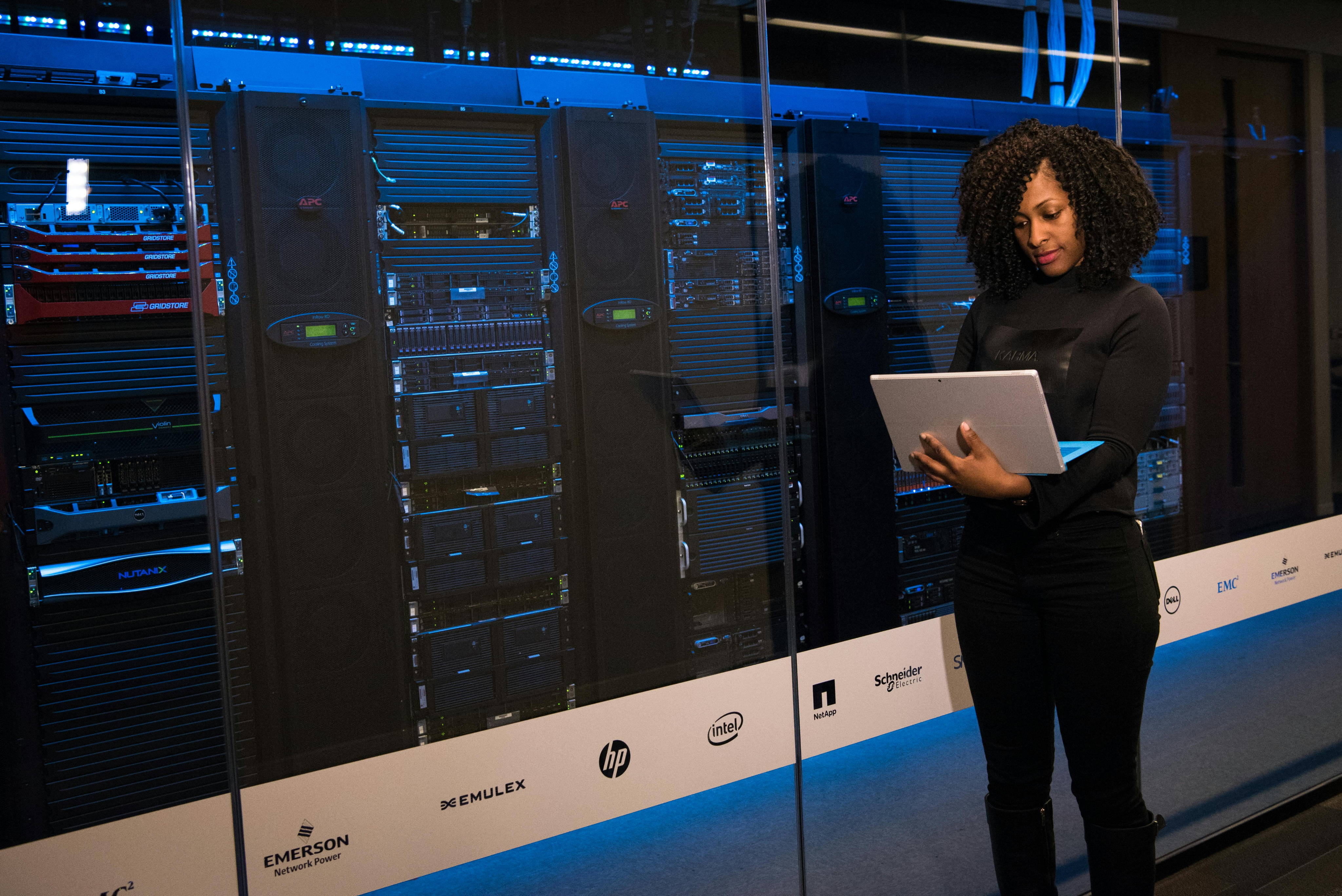Accelerate your SNIA Swordfish™ Implementation Through Open-source Tools, the SMI Lab, and the Swordfish CTP Program
The SNIA Swordfish™ ecosystem is broader than just the specification. This session will provide an overview an overview of the various tools and programs to help developers accelerate both implementation and adoption of Swordfish. This includes demonstrating the interactive nature of tools, schema, and development, by leveraging the testing done by other tools, such as schema validation, implementation conformance testing throughout the development cycle.






